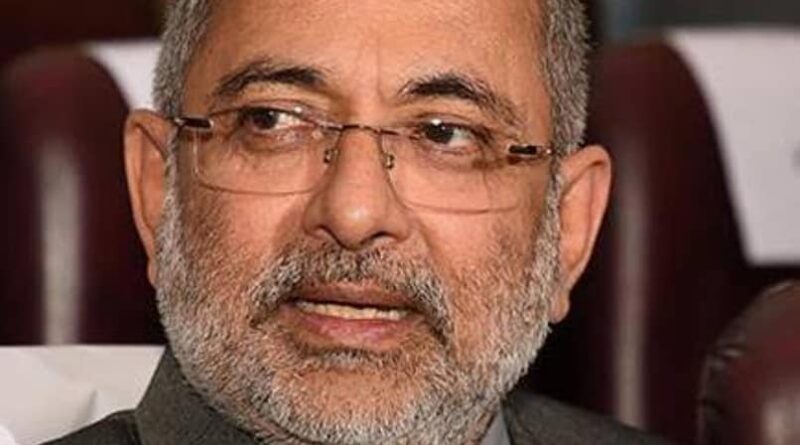The Blindfold of Justice: Former Supreme Court Judge Kurian Joseph on Symbolism & Institutional Integrity.
(Judicial Quest News Network)
In a recent address at the Professor Dr. N.R. Madhava Memorial award ceremony hosted by the Bar Council of Kerala, former Supreme Court Justice K. Joseph provided insightful commentary on the enduring symbolism of the blindfold worn by the Lady Justice statue. This discussion comes amid controversy surrounding the statue’s modifications at the Supreme Court.
Justice Joseph emphasized that the blindfold represents impartiality in judicial proceedings, ensuring that justice is meted out fairly, regardless of who stands before the court. “The blindfold signifies that the identity of the person arguing a case is irrelevant; justice must be blind,” he stated. He underscored the need for institutional practices to take precedence over individual preferences when it comes to the symbols and rituals of the justice system.
He voiced concerns about recent changes, particularly the suggestion to replace the sword in the statue’s representation with a copy of the Indian Constitution. While he acknowledged the Constitution’s significance, he insisted that it should be perceived as both a shield for protecting rights and a sword against violations. “The Constitution must be both a shield to safeguard rights and a sword against those who infringe upon them,” he asserted.
During his speech, Justice Joseph tackled the pressing issue of restoring credibility to judicial institutions, which he described as one of the foremost challenges facing the legal system today. He recognized that perceptions of a lack of credibility have persisted for years and criticized the collegium system, expressing disappointment that it has not effectively preserved the judiciary’s independence.
Reflecting on the landmark 2015 ruling that struck down the National Judicial Appointments Commission (NJAC), he admitted that the collegium system has not lived up to its intended purpose. “I honestly feel that the collegium system has failed to protect the independence of the judiciary,” he stated, advocating for a more robust institutional solution. He proposed a restructured judicial appointments system, which would involve the Chief Justice, the two senior-most judges, and the Leader of the Opposition to enhance transparency in judicial appointments.
Justice Joseph also discussed the contentious issue of the Master of the Roster, suggesting that this role should be determined by a collective of senior judges rather than the discretion of a single individual. “If we can consider a collegium for appointments, we can also establish a roster system governed by two or three senior judges to mitigate existing issues,” he proposed.
Addressing the workload faced by the judiciary, he called for synchronized calendars for High Courts and district courts to alleviate stress. He expressed deep concern for the lower court judges, who often face overwhelming case loads yet remain unrecognized. “There are unsung heroes who may have written thousands of judgments, yet the focus remains on the numbers from High Court and Supreme Court judges,” he lamented.
Justice Joseph concluded by highlighting the need for a cohesive judicial family that supports one another in overcoming the systemic challenges they face, advocating for reforms that enhance the functioning and credibility of the judiciary.




